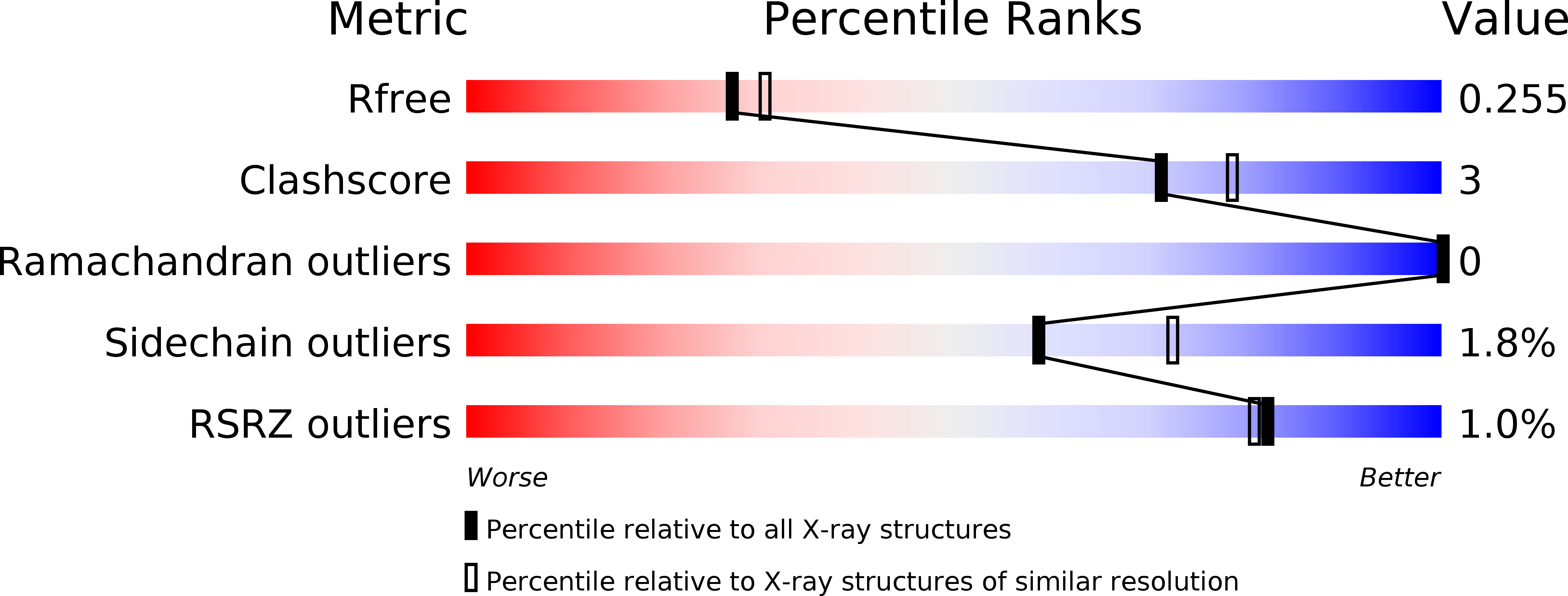
Deposition Date
2017-11-10
Release Date
2018-08-08
Last Version Date
2024-11-20
Entry Detail
PDB ID:
6EXW
Keywords:
Title:
Crystal structure of cIAP1-BIR3 in complex with a covalently bound SM
Biological Source:
Source Organism:
Homo sapiens (Taxon ID: 9606)
Host Organism:
Method Details:
Experimental Method:
Resolution:
2.20 Å
R-Value Free:
0.25
R-Value Work:
0.19
R-Value Observed:
0.19
Space Group:
P 32 2 1


